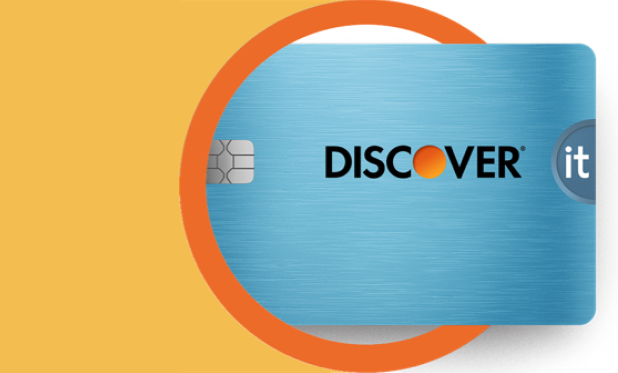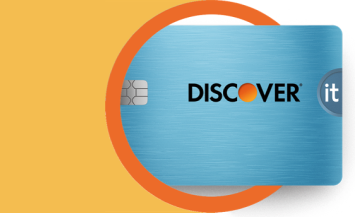Inflation has strained families’ budgets across the United States. The USDA reports that grocery prices increased by 3% from January 2024 to January 2025. Higher costs may make it harder to put food on the table. Fortunately, many strategies could make food costs easier to manage, like developing careful budgets, growing produce in a garden, and even choosing a beneficial credit card. With the right rewards credit card, you could earn rewards on every trip to the grocery store.

How to Choose the Best Credit Card for Groceries
6 min read
Last Updated: April 23, 2025
Next steps

See if you're pre-approved

Learn about Discover It® Cash Back Credit Card
See rates, rewards and other info
You may also be interested in
Was this article helpful?
Was this article helpful?


